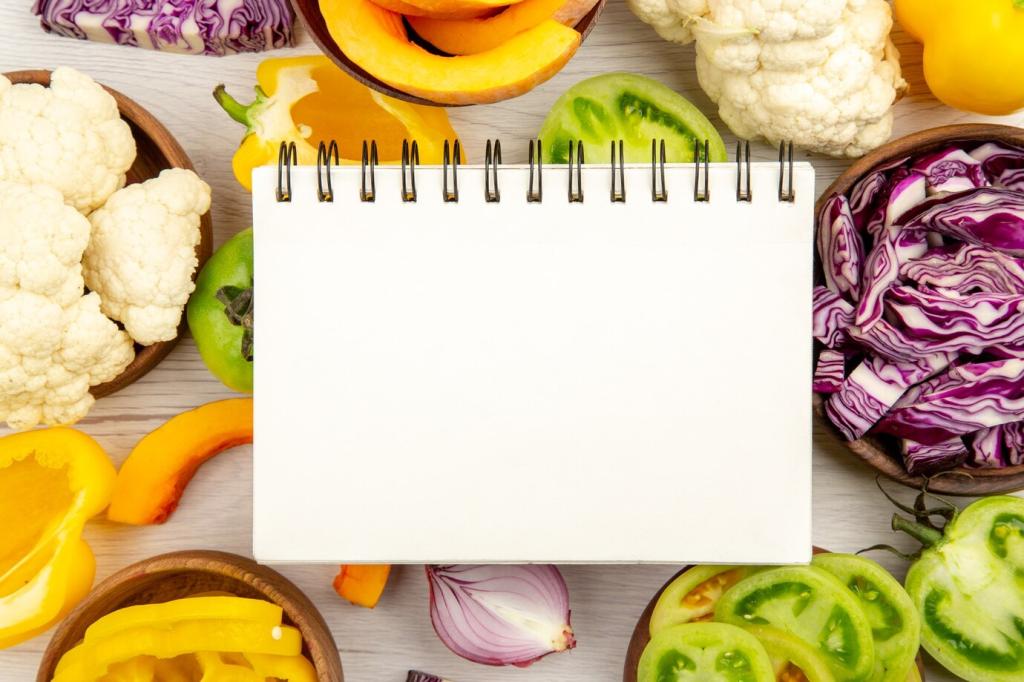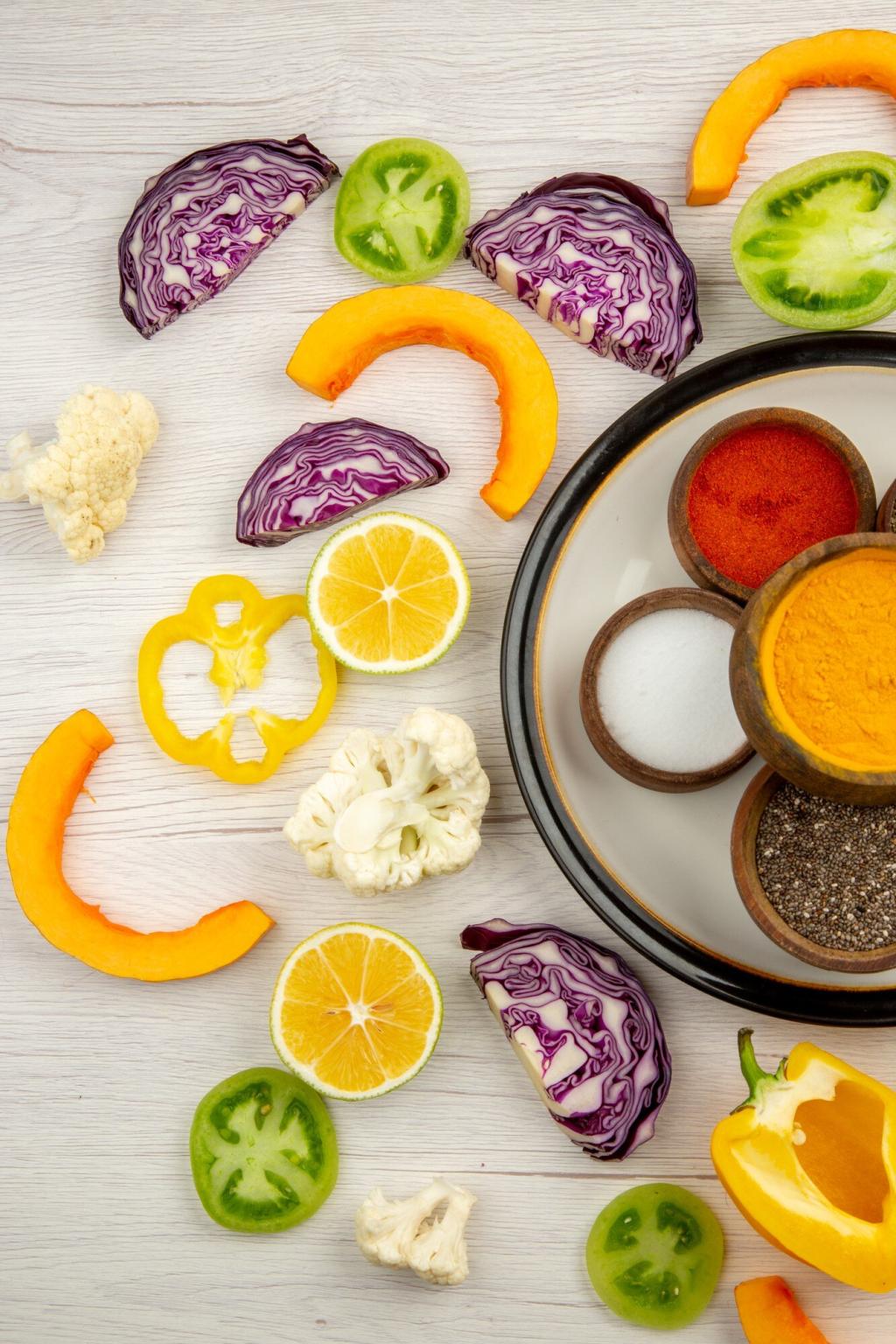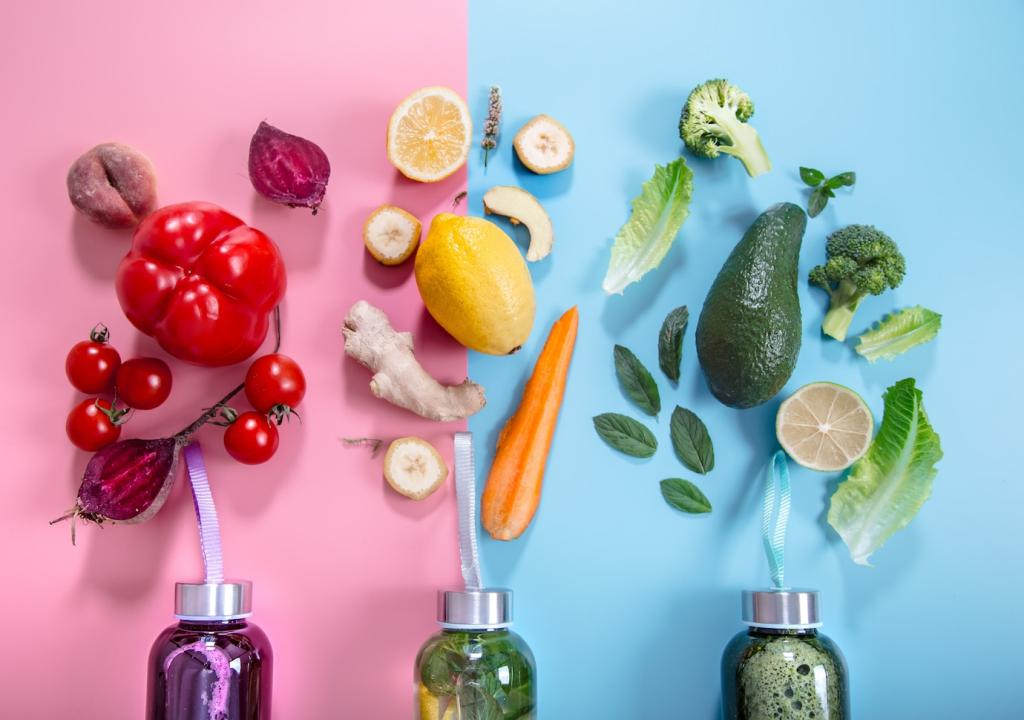Fats: Endurance, Hormones, and Satiety
Emphasize extra-virgin olive oil, nuts, seeds, avocado, and oily fish. Omega-3 fats (EPA and DHA) can ease soreness and support heart health. Two fish meals weekly help; plant-forward athletes can use algae-derived options to meet needs.
Fats: Endurance, Hormones, and Satiety
Extremely low-fat diets can impair hormone balance, menstrual regularity, and absorption of vitamins A, D, E, and K. Keep fats around 20–35% of energy while tailoring timing, reducing large servings close to very intense sessions.








